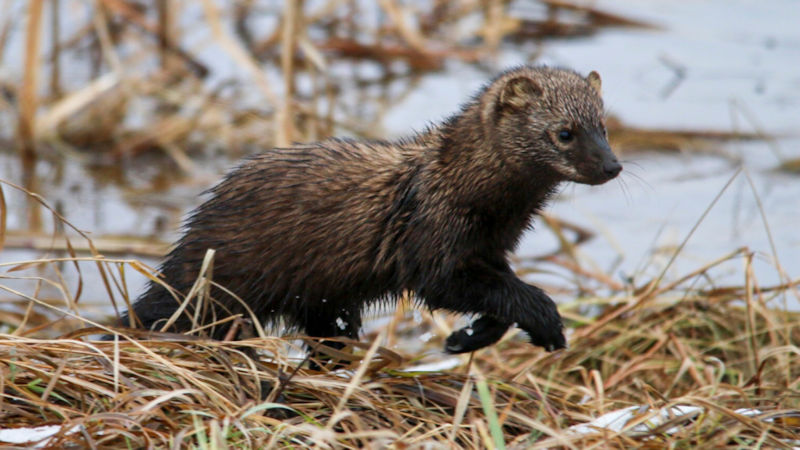Subtle Dances in the Maryland Woods: Understanding Fisher Management
In the dense forests and rolling hills of Maryland, a creature known as the fisher makes its quiet, elusive way. But behind its secret life, a tale of balance, survival, and coexistence unfolds. It’s a story that involves humans just as much as it does these small, furry predators.
The Fisher: A Brief Introduction
A fisher, despite its misleading name, is a small, carnivorous mammal, part of the weasel family. They’re known for their agility and prowess, both in trees and on the forest floor. In Maryland, these creatures play a significant role in the ecosystem, but their growing numbers have led to challenges.
Ecosystem Balance: Why It Matters
Fishers, like any species, have their place in the natural order. They help control populations of smaller mammals and birds. But when their numbers grow too large, the balance tips. They can deplete their prey species, and their increased presence can lead to more encounters with humans. This is where management, including trapping, becomes crucial.
Trapping: A Tool for Management
Trapping is a method often debated, yet it remains a key tool in managing fisher populations. It’s not about eradication but about maintaining a balance. Trapping helps keep fisher numbers at a level where they can thrive without overwhelming their ecosystem or increasing negative encounters with humans.
Reducing Wildlife-Human Conflict
As humans expand their living spaces, encounters with wildlife like fishers become more common. These encounters can range from raided chicken coops to the spread of disease. Managing fisher populations through trapping and relocation helps minimize these conflicts, making it safer for both humans and fishers.
A Future in Balance
As we look to the future, the role of fisher management in Maryland remains a dynamic and vital one. It’s a dance of numbers, a careful calibration of the wild and the civilized, ensuring that both can coexist in harmony.
In conclusion, fisher management in Maryland, particularly through trapping, serves a dual purpose: maintaining the delicate balance of the ecosystem and reducing wildlife-human conflicts. It’s a testament to our evolving understanding of nature and our place within it – a balance of respect, care, and coexistence.

